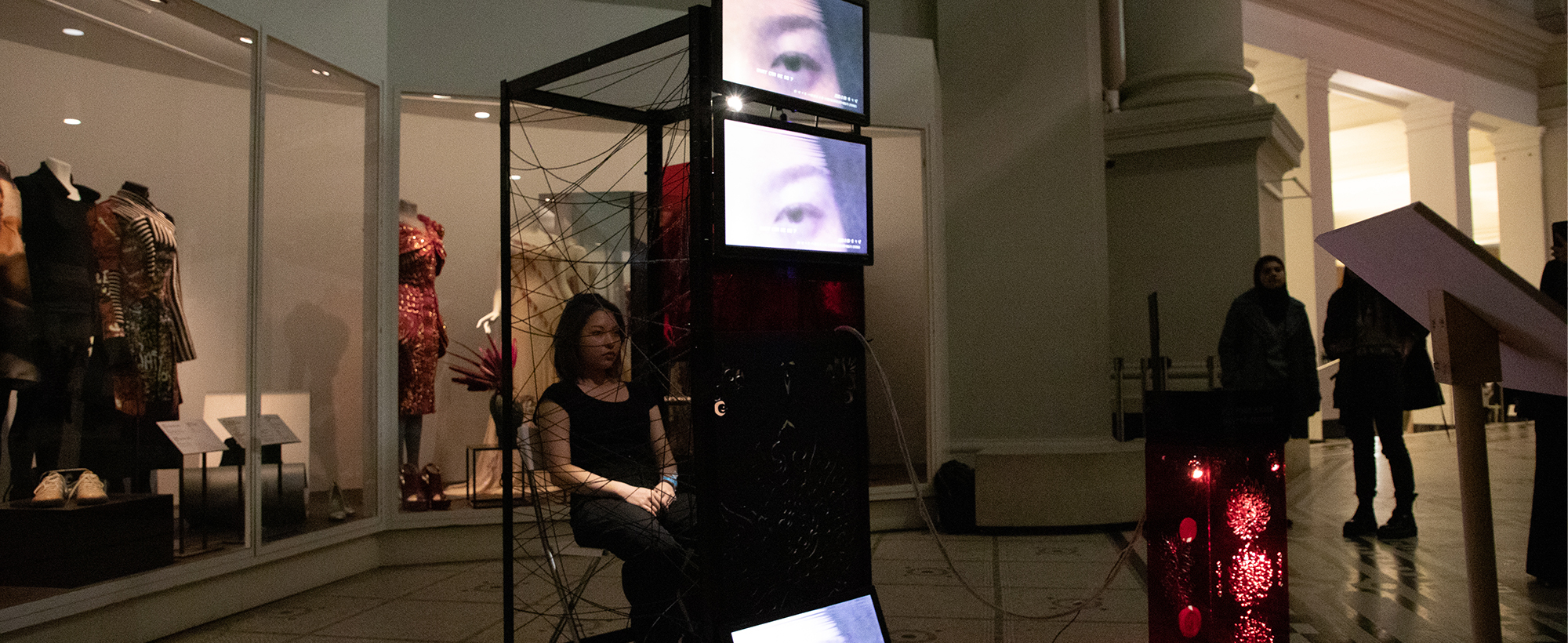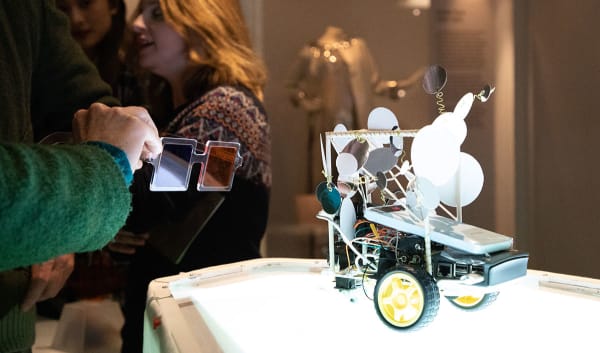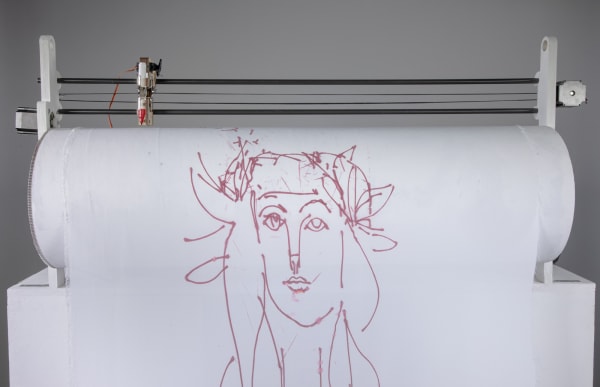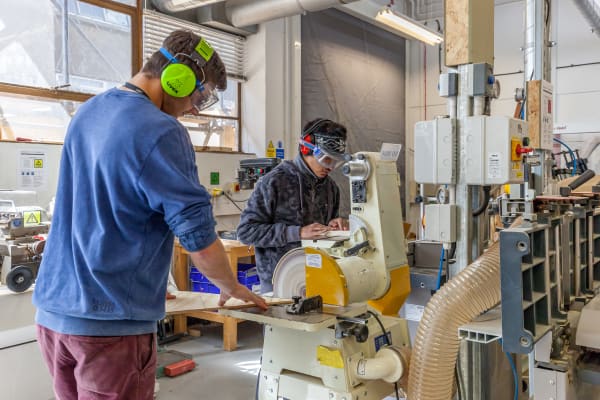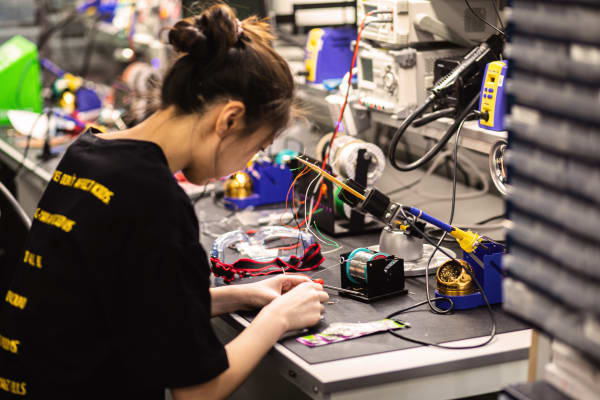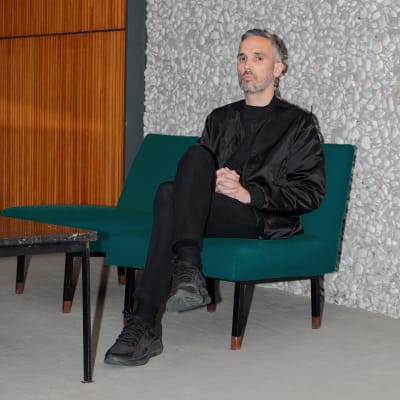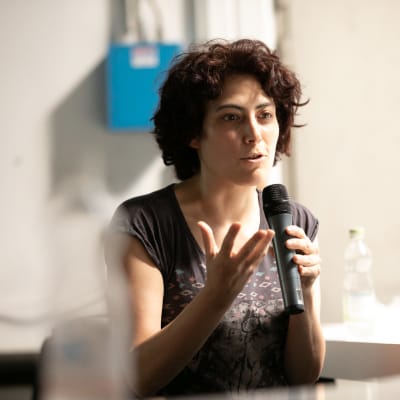Course units
We are committed to ensuring that your skills are set within an ethical framework, and we have worked to embed UAL’s Principles for Climate, Racial and Social Justice Principles into the curriculum and in everything we do.
As part of this initiative, we’ve shaped our courses around social and environmental sustainability principles that ensure learning outcomes reflect the urgent need to equip you with the understanding, skills, and values to foster a more sustainable planet. Our aim is to change the way our students think, and to empower you to work towards a sustainable future.
Each course is divided into units, which are credit-rated. The minimum unit size is 20 credits. The MA course structure involves 5 units, totalling 180 credits.
Theories and Practices of Interaction Design (40 credits)
You’ll participate in a seminar series that will introduce you to both historical and contemporary theories and approaches drawn from the world of art and design, giving you a profound understanding of the research context for the course. Alongside this, you’ll produce individual and group practice projects in a brief that engages with the deepest complexities of the modern technological landscape.
Through these activities, you’ll gain an important foundation of knowledge in critical design, exploratory research, and interaction, which are crucial for your development throughout the course.To assist you in your work and to broaden the horizons of your practice, you ‘ll take introductory workshops in key technical skills such as physical computing and creative coding, alongside specialist approaches such as sonic improvisational practice and augmented reality (AR).
Collaborative Unit (20 credits)
You’ll complete a group studio project in response to a brief from an external partner. Previous partnerships have been with organisations such as the V&A, the Design Museum, and BBC Research and Development.
Explorative Research (20 credits)
This unit will give you the option to choose between 2 distinct electives to pursue your own thematic research path in the field of interaction design.
As part of your ongoing exploration into the relationship between research and practice, you’ll produce a piece of screen-based media that reflects your elective research.This could take the form of a short film, interactive website, or video game.
Expanded Practice (40 credits)
You’ll undertake further skills development in physical computing and creative coding, alongside specialist workshops in narrative world-building and creative writing.
Final Major Project (60 credits)
Weighted 50% research component and 50% practical component
You'll undertake a Final Major Project which relates to the expanded field of design and interaction. You’ll turn your focus to the research video aspect of your Final Major Project, with one-to-one support for developing your own research domain and specialism for your work.
With access to broad theoretical models and practical skills spanning multiple disciplines, you will apply these models to your own specialist area of interest to produce a critically aware major project.
Examples of Final Major Projects
- Chronic Suicider (Mich Tsai) – A robotic prosthesis and performance tool for exploring embodied relations to machines and pain.
- Yo-Plotter (Anya Wang) – An installation that explores the evolving public perception of ‘AI as author’ and its intersections with the history of art.
- Alt-Ctrl (Michael Sedbon) – A bio-art device that proposes new domains for the relationship between machine cognition and the natural world.
If you are unable to continue or decide to exit the course, there are two possible exit awards. A Postgraduate Certificate will be awarded on successful completion of the first 60 credits and a Postgraduate Diploma will be awarded on successful completion of the first 120 credits.
